The amount of customer content has skyrocketed in recent years, which leaves many wondering about the credibility of reviews. That’s why PowerReviews partnered with Northwestern University’s Spiegel Digital and Database Research Center. Our goal was to understand how reviews vary depending on whether they’re written by verified buyers or anonymous consumers.
In the case of verified buyers, a shopper makes a purchase online and receives an email from the brand requesting a review. Reviews from verified buyers are tied back to a transaction.
But with anonymous consumers, a shopper navigates to a brand or retailer website without any prompting and writes a review. Since these reviews aren’t tied to a specific transaction, there’s no way to determine if the reviewer actually purchased the product.
The amount of fake reviews can be detrimental to the customer decision making process, which why brands and retailers have to increase the credibility of their reviews. So what can brands and retailers do?
Here are five practical recommendations to preserve the credibility of reviews:
1. Get More Reviews From Verified Buyers
The biggest insight from this research is reviews from verified buyers are significantly more positive than reviews from anonymous consumers. The average star rating for reviews from verified buyers is 4.34.
Take that into comparison to an average star rating of 3.89 for reviews written by anonymous consumers. Reviews from verified buyers boast a larger percentage of 5-star ratings too.

In fact, reviews from anonymous consumers have a larger percentage of 1-star ratings. But reviews from verified buyers own 6.5% more product “pros” and 50% fewer product “cons.”
This is consistent with a theory that users who write reviews without prompting are likely to have extreme (often more negative) opinions.
2. Eliminate Fake Reviews Right Now
Allowing reviews to be submitted via the web opens retailers up to the possibility of receiving fraudulent reviews. And fake reviews can tarnish the trust you’ve built with your consumers.
A recent report from the company Which? found Amazon to have an outstanding amount of fake reviews for popular items like smartwatches and headphones.
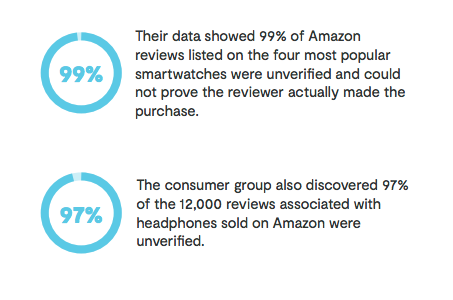
That’s why it’s key to have measures in place so review content remains authentic and fraud-free. For example, all content submitted on the PowerReviews platform passes through our advanced technology. This is so we ensure the content is fraud-free and free of innuendo and profanity.
The content is then reviewed by our team of human moderators before it’s displayed on a client’s site.
3. Be Transparent About Who Writes Reviews
Though it’s unclear whether consumers place more trust in reviews from verified buyers, it’s important to be transparent about the source of reviews. Ask your ratings and reviews provider if they allow you to use a Verified Buyer badge so future shoppers know who wrote each review.
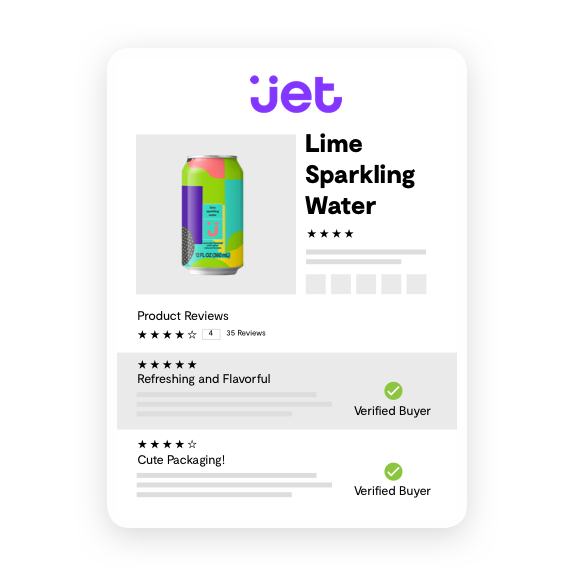
This allows shoppers to have the information they need to make their own decisions on the reviews. Don’t leave out details that could make shoppers second-guess your content.
4. Implement a Post-Purchase Email Program to Collect More Reviews
If you aren’t already, be sure to send a post-purchase email to each shopper reminding him or her to review the products he or she has recently purchased. Reviews from verified buyers not only build credibility for retailers by capturing the opinions of customers who’ve actually used the product, but also help drive sales with consistently positive sentiment.
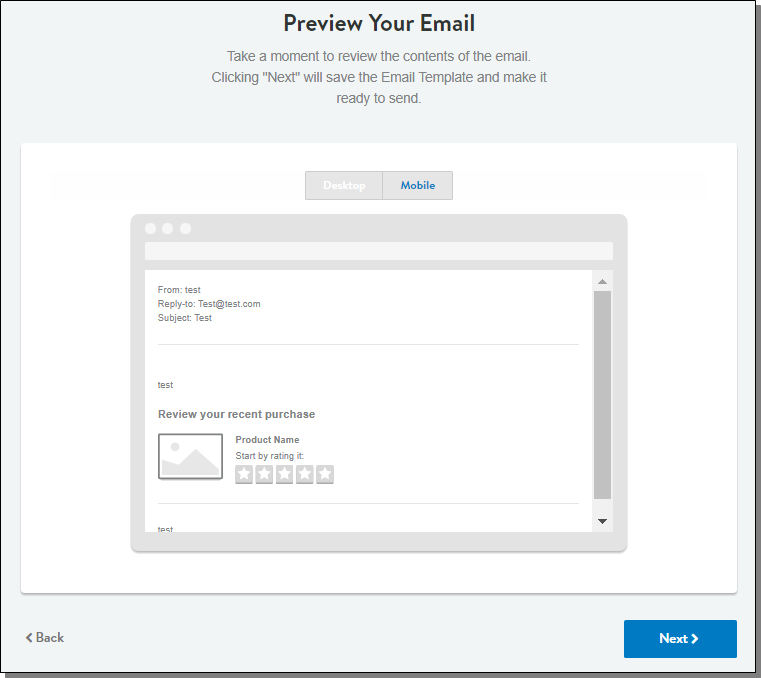
Additionally, you have to consider timing with your asks. Timing on a customer writing a review varies between different products. The PowerReviews The State of Consumer Trust in Health & Beauty Shoppers discovered there’s a massive difference between asking for reviews 1 day after the consumer made the purchase or 1 month.
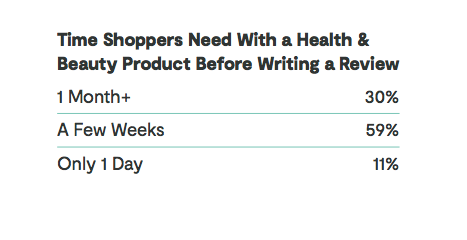
Our data found nearly 60% of shoppers need a few weeks with a health and beauty product before writing a review. This means you should first ask your customers how long they need with your product or test different periods of time.
5. Provide Incentives to Attract a Better User Sample
When you generate more reviews, you gather more insights from the content. But the problem is not all review readers are writers.
In fact, PowerReviews research found while the vast majority of consumers use reviews, only 42% write them. And more than half of consumers who aren’t writing reviews cited needing motivation to do so.
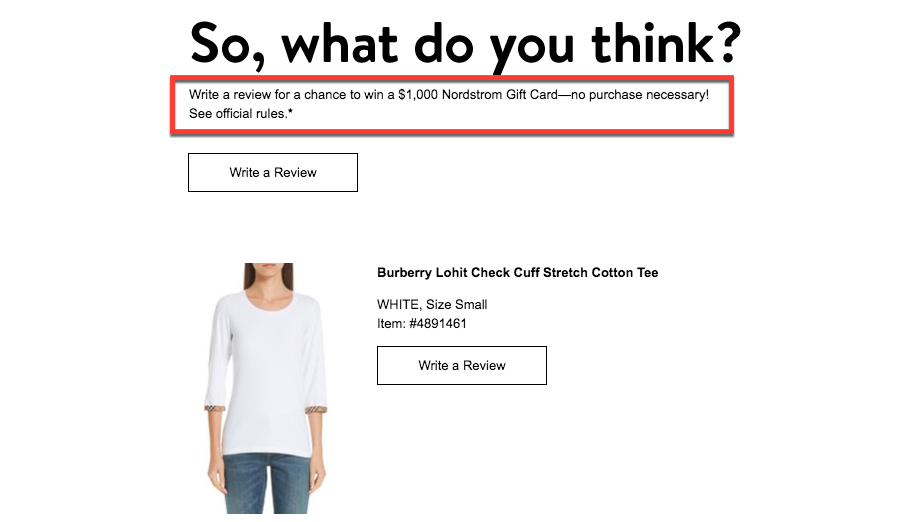
Test different incentives in your post purchase emails, like a sweepstakes, giveaway contest, coupon code campaign for free shipping or by leveraging an existing loyalty or rewards program. Again, transparency is key.
Ask your reviews software partner if they allow you to indicate whether a reviewer received a sample or other incentive for writing a review so future shoppers have a clear picture of who wrote each review.
Want to see how product sampling, post-purchase emails and review moderation all fit under one umbrella? Contact our team today see a demo of PowerReviews in action so you can immediately impact the validity of your reviews!





